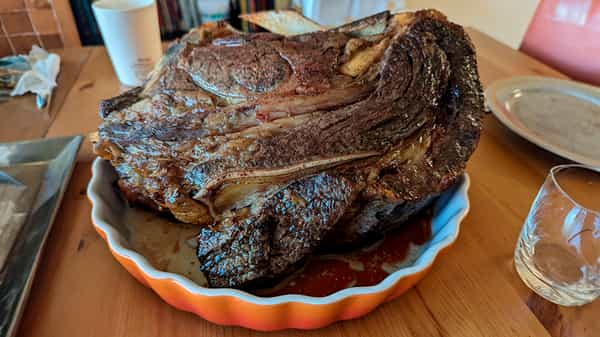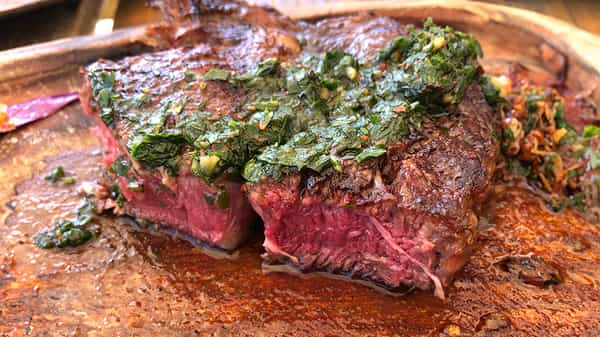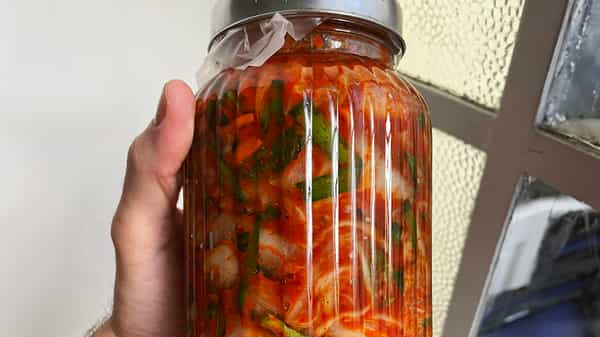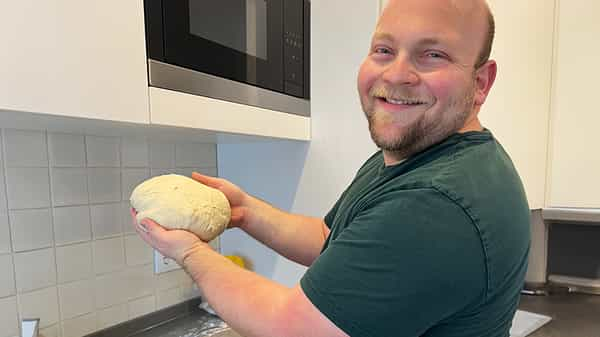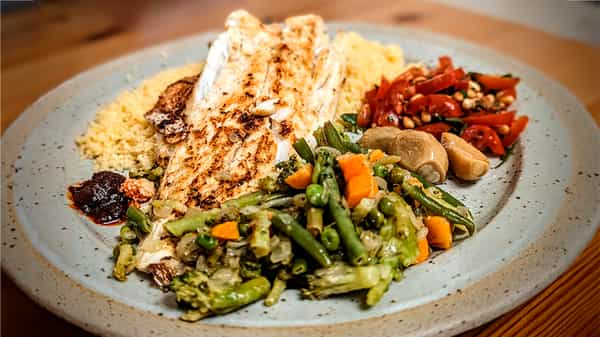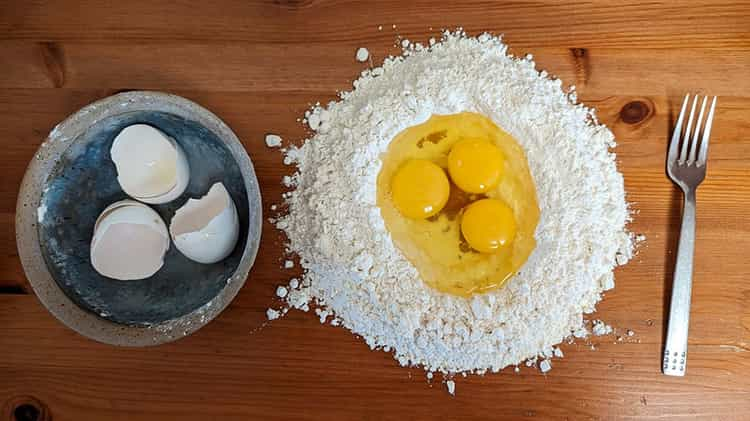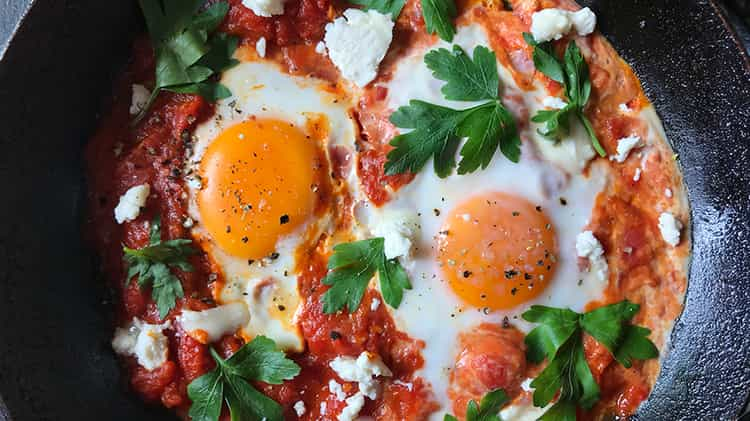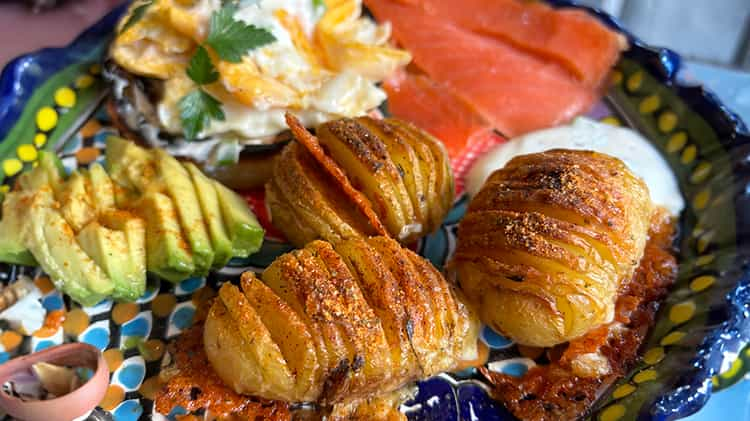Learn from the World's Best Chefs
Are you ready to unlock the greatest recipes, techniques and culinary wisdom?
Meet your Chefs
Discover our Classes
Hundreds of world-class recipes await. Learn the dishes that made each chef famous, and make them your own.
What Members say
Inside the YesChef experience
Discover the ultimate platform for home cooks.
Learn from the World's Best Chefs
Are you ready to unlock the greatest recipes, techniques and culinary wisdom?
